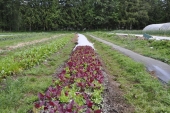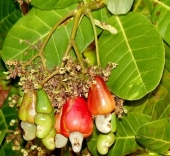





















Saybian Morgan wrote:The forum's are great, but nobody is responsible there's no seeing you succeed or fail. Sometimes it's allot of people shouting you should do what I do, and yes when your lucky a tidbit of advice can turn your world around but you can't make them come online later and answer follow up questions...
....you run your farm like a garden.


















Lolly K wrote:Why not take some of that excess wood you can get your hands on and create a few hugelkulture beds? It would put you ahead on the water issue, especially if you lined it up on contour part way down that slope to the east where the stream is located. Scatter your seed in random patterns, trying different combinations of plantings.
Of course, I say all this because that is MY plan for the spring. You have to start somewhere!








Milton Dixon
Permaculture Productions - Great Lakes Permaculture Portal




















Brenda
Bloom where you are planted.
http://restfultrailsfoodforestgarden.blogspot.com/
















nothing personal - only natural 








... I have also experimented with using bamboo branches as a deterrent for deer & rabbits (vs. using tubes) and it has worked surprisingly well....
Intermountain (Cascades and Coast range) oak savannah, 550 - 600 ft elevation. USDA zone 7a. Arid summers, soggy winters




gani et se wrote:
... I have also experimented with using bamboo branches as a deterrent for deer & rabbits (vs. using tubes) and it has worked surprisingly well....
Dave, can you elaborate on how you use the bamboo? Heavy deer mobs where I am.


|
You learn how to close your eyes and tell yourself "this just isn't really happening to me." Tiny ad:
The new kickstarter is now live!
https://www.kickstarter.com/projects/paulwheaton/garden-cards
|






